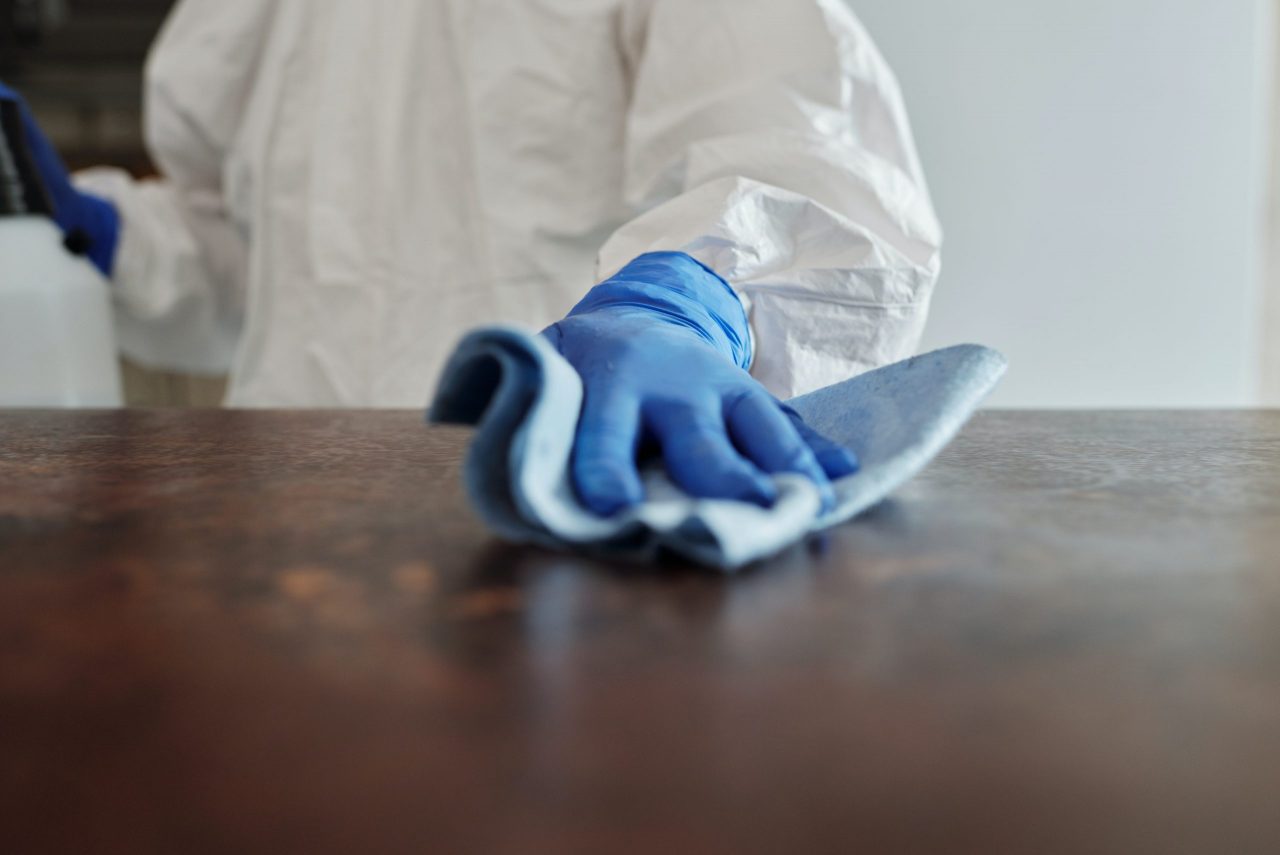Let’s be real, most of us don’t think twice about cleaning or even checking our roofs every season, unless, that is, we notice a leak. As convenient as it seems, putting off regular roof maintenance can decrease the lifespan of your roof.
Though winter feels like it will last forever––it won’t! This means you need to make a spring cleaning plan to ensure your roof lasts for seasons to come. Our roofing experts at Stony Creek Services are here to help with a spring roof maintenance checklist.
Clear Roof of Any Debris
Mold and mildew love wet, warm environments–––aka your roof. If your roof has a lot of debris on it, chances are, you have mold and mildew growing. If this is the case, your roof is at risk for damage. If you let the mold and mildew go for too long, you may have to replace your roof.
There are two ways you can go about removing roof debris. One is to rake off any loose debris by hand, and the other is to use a leaf blower. Brush away leaves, branches, and other debris accumulation, including debris in the gutters and downspouts as well as around the soffit and fascia.
If you cannot safely remove debris from your roof, don’t hesitate to reach out to us.
Wash Off Mold & Mildew
Mold and mildew can be very hazardous for your health and the health of your roof. Always check for signs of mold or mildew during the spring. Signs of mold growth can include spots that look like soot or black, green, brown, or even white spots. It can also appear accompanied by a musty odor or water problems.
Always make sure to discuss your options with a professional right away.
Evaluate Your Roof for Loose or Damaged Shingles
Weather like snow and ice are harsh on our roof’s shingles. Harsh weather conditions can force shingles to curl, separate in some cases, and completely tear off. We recommend going through your roof once after inclement weather has passed to see if any of the shingles are damaged. If you notice a problem, try to fix them as soon as possible to prevent further damage from water.
Remove Fallen Branches ASAP
Tree branches that have fallen due to inclement weather can pose a danger to your roof’s shingles. If you notice small branches on your roof, try to remove them as soon as possible to prevent further damage. However, for larger branches, you may need the help of a professional. Leaving large branches on your roof can make holes in your roof’s shingles and ultimately lead to a leak in your home.
Declutter the Gutters
Rainwater should flow and drain properly through the gutters and downspout system. If water isn’t flowing as it should, backups and overflows will occur––leaving clogged, messy gutters. There is also a chance that granules and other materials from your roof have spilled from the surface and into your gutters. It’s no doubt that cleaning your gutters will be a time-consuming activity. But failure to do so can cause flooding in your home, water damage, damage to your driveway, and more.
Examine the Attic
Though your attic isn’t outside, it is connected to your roof. Therefore things like mold and mildew can grow out of plain sight. Check your ceiling and attic for signs of water damage or mold. If you see any peculiar staining or smell an odor, it’s wise to call a professional to take care of the problem.
A professional can quickly assess the problem and make repairs quickly before it gets worse. For more information about commercial roofing or to receive a free commercial roofing quote, contact us!



